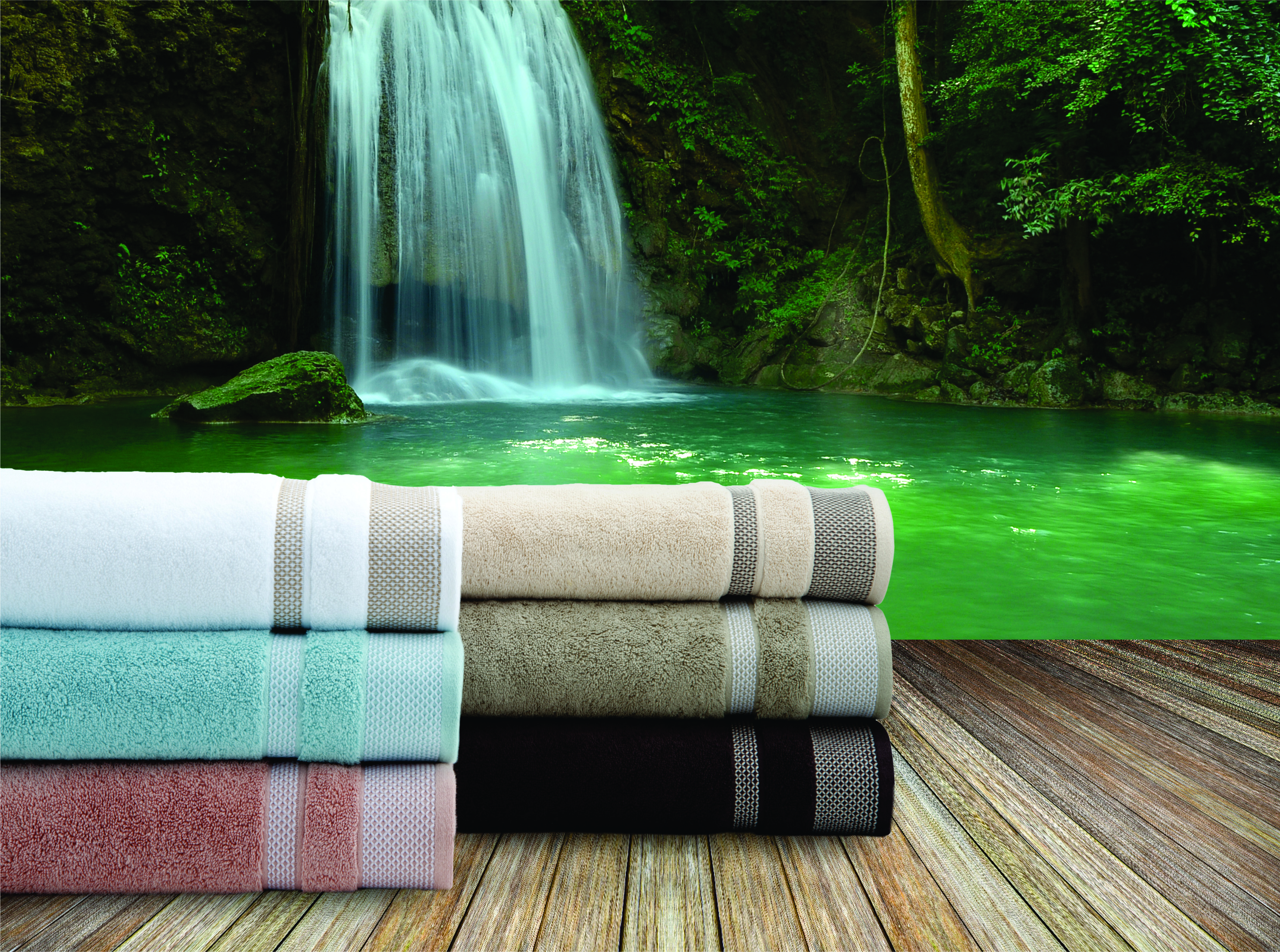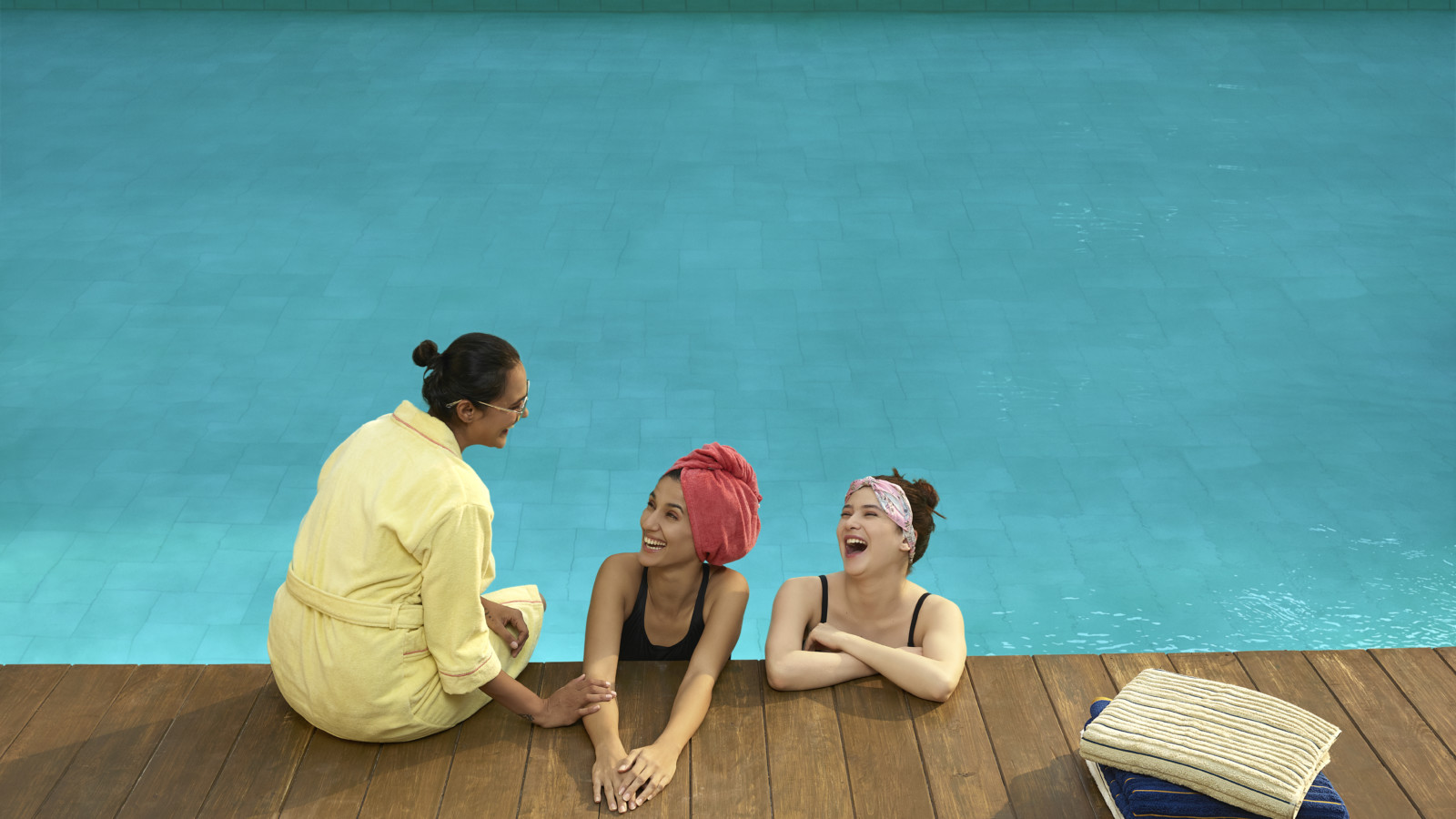Bathing has been part of everyone’s daily life, but in ancient India, Greece or Rome, it was something you eagerly awaited. Large and luxurious bath complexes were set up, where for most of human history, people in the Indus Valley Civilisation, the Greeks, the Romans or even the Japanese bathed communally. It was these centres where humans descended to not just clean themselves, but to unwind, relax, discuss culture and politics.
Do it like the Romans
It was the Romans who inspired the modern-day spas. Their bathing routine, write the authors of Out of the Vapors: A Social and Architectural History of Bathhouse Row, Hot Springs National Park, was quite elaborate.
First, they went to an apodyterium—a room just inside the entrance of the communal bath house where the bathers stored their clothes. Think of this as your typical clubhouse changing room.
Next, the bather progressed from a tepidarium (warm room), to the caldarium (hot room) for a steam, and finally into the frigidarium (cold room). The modern practise of taking a hot shower and immediately following it with a cold one has its roots here.
After a series of sweating and immersing, the bather returned to the warm room for a massage with oils. Sometimes, there was also a room to dry and rest.

‘Skinship’ like the Japanese
If bathing in the Roman times was almost fine art, it was utilitarian in Japan.
Called sentō, the Japanese bath house had a tall barrier which kept the male section away from the female. There were faucets for people to clean themselves and then they would proceed to a large bath where people could sit, and enjoy each other’s company.
The Japanese thought, quite aptly, that this brought emotional intimacy, which they termed ‘skinship’.
Turkish hammams
The Turkish bathing ritual is not all that different from the Europeans, but it does include a very specific part: They utilised not just mild, soothing massages, but vigorous, almost back-breaking ones, that claimed to set your bones right.
It might be difficult to find any of these bathhouses now, but you can still treat bathing as a precious part of your day through this Ayurvedic therapy.
There are some steps that you need to follow to bathe in Ayurvedic style: it begins with knowing which of the three sub-doshas vatta, pitta, kapha govern your skin and then using natural ingredients from gram flour to sandalwood that would work wonders for you.
If a visit to an Ayurvedic doctor is not possible, follow these few simple steps:
- Take your time. Like everything else, bathing in a hurry, too, like your grandmother would say, is the devil’s work.
- Begin by massaging your body with warm oil.
- Make sure your bathing water is lukewarm: neither hot nor cold.
- Practise breathing deeply while bathing.
- Do not use strong aromatic products that might irritate your nose and skin. Try to use as many natural ingredients as possible.
- Relax, and allow yourself to benefit from the water.
- And final step, dab yourself softly with alum, aloe gel or rose water.
(This is the first part in a two-part series on ancient bath rituals. You can read the second part here.)
Want to share your story of how you thrive? Write to us at [email protected]


